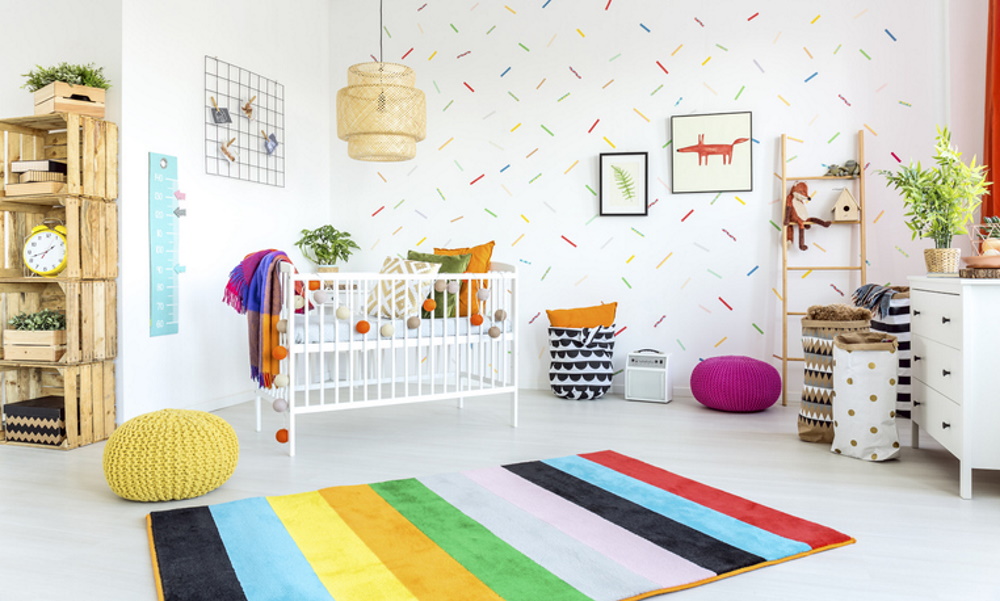Preparing your home for a new baby

In the first of two blogs, we consider how to prepare your home for the arrival of a new baby.
The arrival of a new addition to the family is an incredibly exciting moment in anyone’s life. Whether you’re approaching the third trimester or awaiting approval to adopt or foster, life will never be the same again. That’s especially true if this will be your first child, in which case your home needs a comprehensive makeover to be fully baby-ready.
In many respects, babies are easier than toddlers – they stay where you left them and aren’t constantly striving to establish their independence. However, they’re also far more dependent on you to keep them away from potential hazards that might not have even registered as problematic until now. These are some of the key steps required to prepare your home for the arrival of a newborn…
Safety
Babies have no sense of danger and very little self-awareness, which is why they need to be tucked in tightly at night to prevent them rolling over and struggling to breathe. They can’t tell you if bathwater is too hot, so reduce the maximum temperature hot taps can output at the thermostat. Other than crying, they can’t communicate when you’re not there, justifying the cost of a night light and a wireless video monitor. Ensure your chosen device is rated highly for security, and doesn’t cause interference with other WiFi-enabled gadgets.
Looking forward slightly, empty plug sockets should have protectors installed, while hazardous liquids must be stored out of reach or inside a locked cupboard; units can be secured with basic hook-and-eye latches or removable magnetic locks. Magnetic stair gates are also highly recommended, while some even have integrated dog gates. Measure your doorframes and staircase, and order any necessary gate extenders.
Transport
As well as a cot or Moses basket, you’ll need to invest in a pushchair and car seat. Buying both in one multifunctional device eliminates transitions between buggy and car, supporting uninterrupted naps. Swivelling car seats make ingress and egress far easier, while reclining mechanisms help babies to sleep during longer journeys. Ensure any car seat faces backwards for the first year of a child’s life, reducing neck pressure in the event of an impact.
Folding buggies are far more practical than solid ones, especially for leaving in a nursery foyer or cramming into the boot. Look for somewhere to store them near your front door – is there a cupboard which can be cleared out, with other items relocated elsewhere?
Practicality
Babies need a lot of nappy changes, but before buying an expensive changing table, consider whether existing furniture could be repurposed. Specialist changing tables soon end up redundant, whereas a chest of drawers with a changing tray secured on top could continue to serve in its former role for many years. A travel bag packed with spare clothes and wipes supports speedier departures from the house, while a stair basket simplifies moving items up and down the stairs. You’ll be doing this a lot.
Now is a good time to invest in new furniture and white goods, like a washer-dryer to tackle the daily laundry mountain while avoiding multiple drying rails. Alongside the ubiquitous cot and drawer units, a wide armchair is highly recommended for the nursery. A comfortable chair (ideally one that rocks) will be greatly appreciated while feeding or soothing a restless infant at night.
In our next blog, we’ll consider the incremental steps required to transform your home from being baby-ready to coping with a toddler...
Back to Latest Posts




